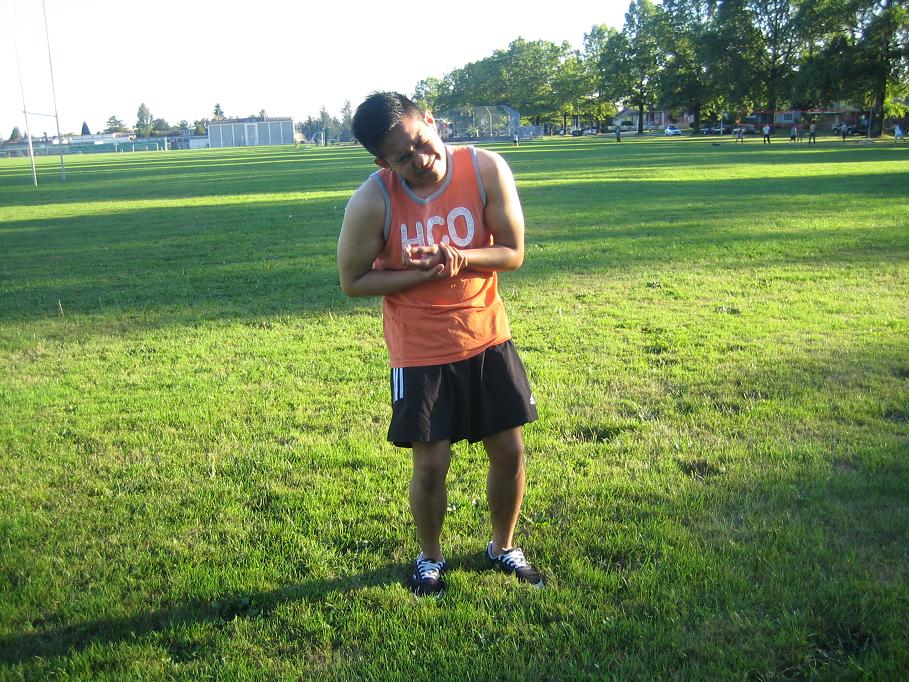Wrist tendinitis develops if the joint is subjected to excessive movement where the tendons become irritated or inflamed. The condition results to pain or discomfort as well as rigidity. It is important to note that the tendons are tissues that link muscles to the bones.
Commonly used remedies for wrist tendinitis
If an individual is suspected with wrist tendinitis, there are several remedies that can help lessen the symptoms.

Adequate rest and splinting
In most cases of wrist tendonitis, it is usually due to overuse of the joint. Certain activities such as housework, gardening or typing requires the wrist to bend repetitively which results to issues.
Due to this, it is vital to allow the wrist a break from activity if the indications of tendinitis starts to flare-up. The doctor or physical therapist can make the necessary suggestions whether to use splints, braces or wraps.
Bracing of the area can help in preventing the wrist from bending during daily activities which allows the area to recuperate. Additionally, ergonomic aids such as specialized mouse pads, keyboards and other tools can be used to allow the wrist to rest while working.
Posture training
The symptoms of wrist tendinitis can be worsened if the wrist joint is used incorrectly. It is vital to observe proper body mechanics during work or daily activities that require the use of the joint.
It is recommended to maintain a neutral position as much as possible. This requires avoiding the bending of the wrist up or down while working on a computer keyboard and while driving.
Using certain combs, tools, utensils, toothbrush as well as other grooming tools with large non-slip handles can prevent one from handling too tightly. Regular breaks or alternating activities or chores can lessen the chances of moving the wrist excessively in one direction.
Cold therapy and elevation
The objective of treatment for wrist tendinitis is to lessen the inflammation and swelling in the area. During a flare-up, apply an ice pack on the wrist. This should be done at 15-20-minute periods throughout the day to reduce the swelling and pain.
Raising the wrist above the level of the heart also helps with the inflammation. In case these are not effective in managing the symptoms, anti-inflammatory and pain medications might be prescribed by the doctor.

